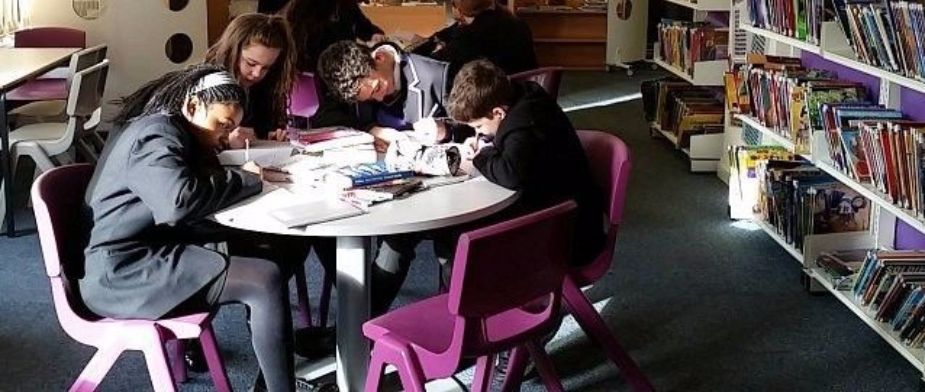Testing in schools seems like an impossible task – it really is not.
Hamid Patel CBE, Chief Executive of Star Academies
Many headteachers have reacted with consternation and concern to the government’s sudden announcement of mass testing in schools.
With so little time to plan, anxieties about the resourcing and training of staff to administer the tests and general confusion about the purpose of the testing itself are understandable. It is unsurprising that school leaders – fatigued after many months of managing the crisis and looking forward to a well-earned break over Christmas – should be less than enthusiastic about what the new year will bring.
The Sisyphean task of controlling the virus has dominated our lives throughout 2020. The sobering sight of ambulances queuing to deliver their patients to overstretched hospitals is a warning of the national health emergency that threatens to overwhelm us.
So, faced with growing evidence of a surge of infections in the weeks ahead, the request has been made for schools to test tens of thousands of pupils and teachers as they return to classrooms after the festive period.
During the first fortnight in January, schools will be asked to administer rapid lateral flow tests to as many pupils and staff as possible. These tests take around 90 seconds to carry out and give a result in just 20 minutes. Though there have been recent concerns that they are not always sensitive enough to pick up low viral loads – and may give false negatives – the lateral flow tests will still help to identify and isolate young people and teachers before they can transmit the virus to others.
Following the initial fortnight of mass testing, there is also the prospect of schools being able to administer these rapid tests to pupils and teachers who have been identified as close contacts of someone who has tested positive. Instead of isolating and missing learning for up to two weeks, they will be able to attend school if they test negative each morning. Such an innovative and bold approach, particularly for our young people with exams this summer, is a game changer, reducing the level of disruption that has beset their education over recent months. More teachers will be able to remain in school – rather than staying at home when they have been identified as close contacts – thus alleviating pressure on our schools. The demands on working parents will also be eased if testing reduces the need for their children to self-isolate at home.
Routine testing for school staff will bring certainty, clarity and confidence. Along with the many other protective steps our schools are taking, rapid tests will help to keep our pupils and staff in – and the virus out – of our schools.
There are significant logistical challenges. School leaders will need to identify staff and spaces to administer the test, complete training and secure confidence and consent from parents, young people and their workforce. However, as demonstrated by the schools and colleges that have carried out pilot testing programmes over the past few weeks, these challenges are not insurmountable and the rewards are significant.
We should dismiss the canards that these tests need a clinical environment, a health professional to administer them or substantial training for staff. None of these claims are true. We should also ignore absolutist assertions that because these tests are not perfect, they cannot be part of making things better in our schools. They can and they will. Most importantly, we need to appreciate that doing nothing is not an option whilst the virus runs amok within our communities.
Throughout this crisis, school leaders have shown exceptional innovation by introducing remote learning, supporting struggling families, addressing anxiety and managing a dispersed workforce. Their civic leadership has been both inspiring and instrumental to our nation’s response to COVID-19.
With the imminent rollout of testing, Headteachers can, must and will step up again.
